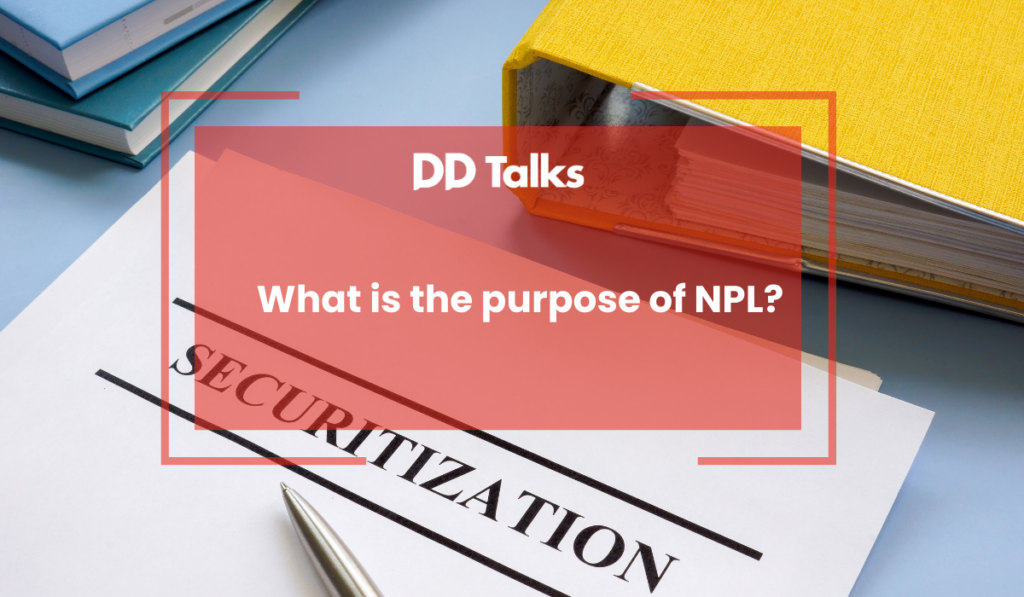Understanding the Purpose of NPL: Key Insights for Beginners
Introduction to Non-Performing Loans (NPL) Non-Performing Loans (NPL) are a critical aspect of the financial industry, particularly for those involved in debt and equity markets. Understanding NPLs is essential for bank executives, NPL managers, real estate professionals, and various other stakeholders. This blog delves into the purpose and significance of NPLs, offering key insights for beginners. Understanding the Purpose of NPL: Key Insights for Beginners What are Non-Performing Loans? An NPL is a loan in which the borrower is not making interest payments or repaying any principal. Essentially, the loan is in default or close to being in default. For banks, NPLs represent a potential loss and an increase in risk. The Importance of Managing NPLs Proper management of NPLs is crucial for the stability of financial institutions. High levels of NPLs can affect a bank’s profitability and solvency. Efficient NPL management helps mitigate these risks and ensures the financial health of the institution. Key Insights for Beginners Understanding the Lifecycle of an NPL The lifecycle of an NPL typically includes origination, classification as non-performing, resolution strategies, and potential recovery. Each stage requires different management approaches and tools to handle the associated risks and opportunities. Resolution Strategies There are several … Continue reading Understanding the Purpose of NPL: Key Insights for Beginners
